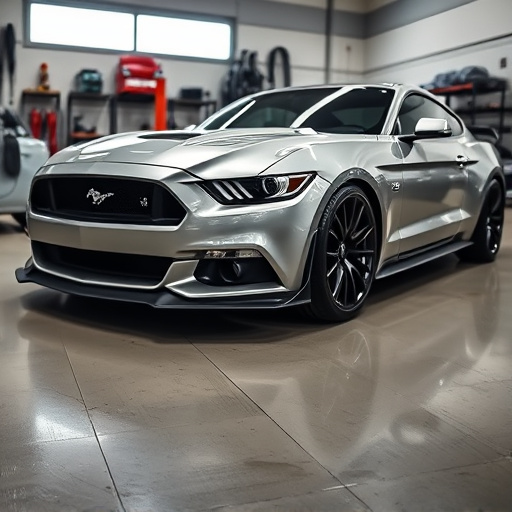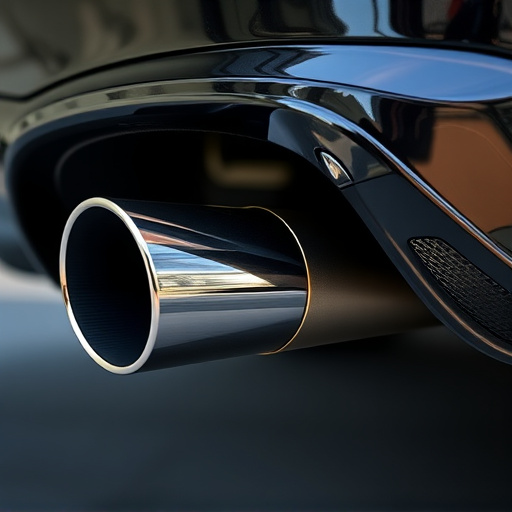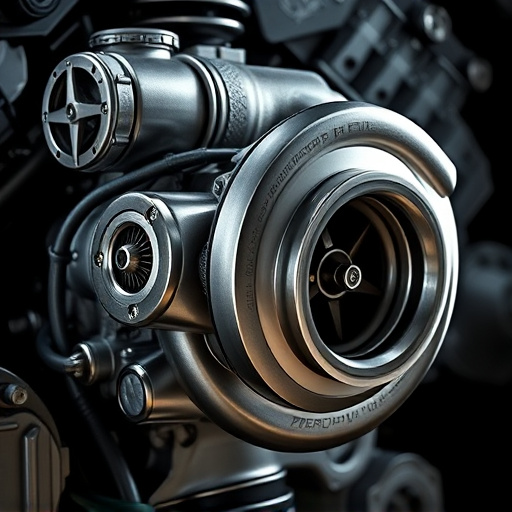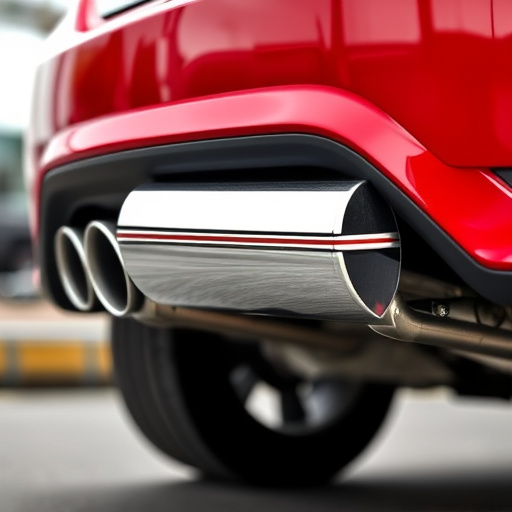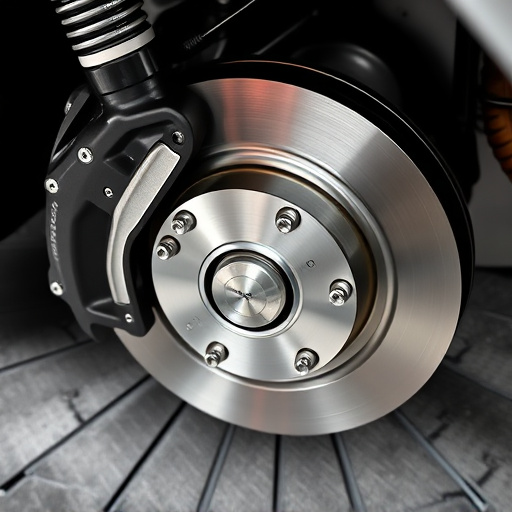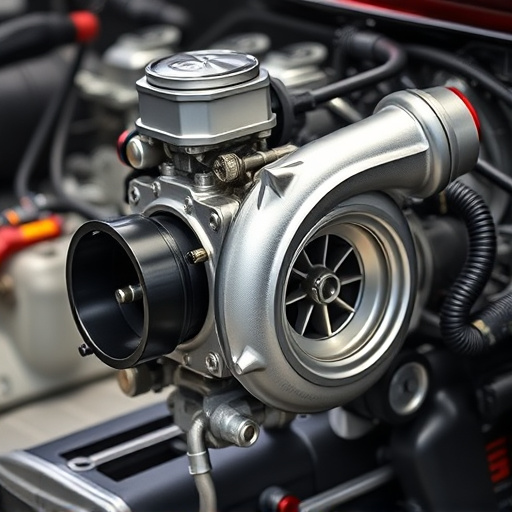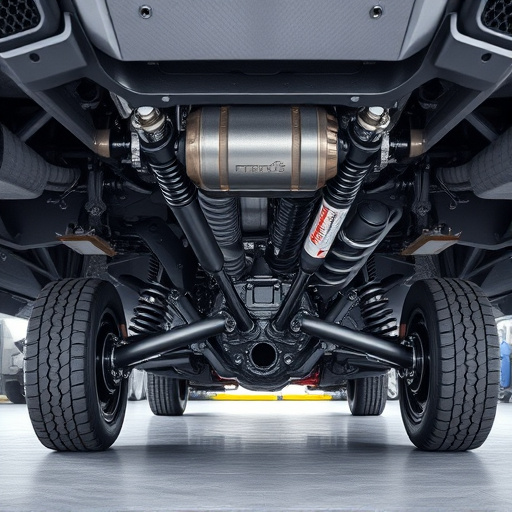Exhaust noise, caused by engine parts and systems, impacts performance, efficiency, and driver comfort. Exhaust sound control is vital for managing these issues. Advanced technologies like active noise cancellation, CAD, FEA, and custom components enhance system effectiveness. Modern systems transform noise reduction into a tailored auditory experience, balancing performance, user preference, and safety.
Modern exhaust sound control systems are a testament to precision engineering, transforming the once-loud symphony of vehicle exhausts into harmonious tones. This article delves into the intricate world of exhaust sound control, exploring key aspects such as understanding exhaust noise sources and their impact, advanced technologies shaping design, and optimizing performance for enhanced user experiences. By embracing cutting-edge innovations, automotive engineers are revolutionizing noise management, ensuring quieter rides without compromising driving pleasure.
- Understanding Exhaust Noise: Sources and Impact
- Advanced Technologies in Sound Control Design
- Optimizing Performance and User Experience
Understanding Exhaust Noise: Sources and Impact
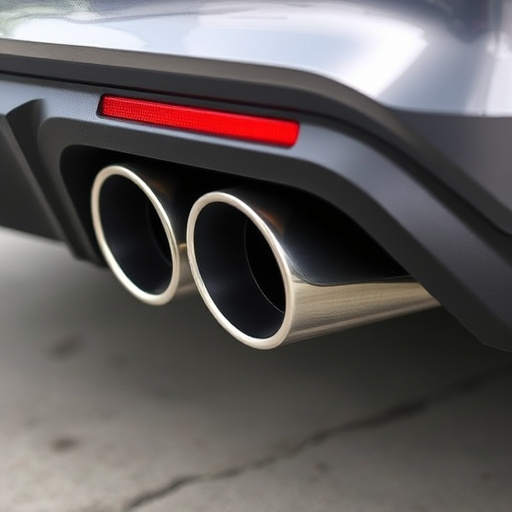
Exhaust noise is a complex issue that stems from various sources within a vehicle’s powertrain and exhaust system. The primary contributors include engine components like pistons, valves, and pistons rings, as well as the exhaust mufflers and pipes. These elements generate sound waves during combustion and exhaust expulsion, leading to the characteristic rumble or roar associated with vehicles. Understanding these noise sources is crucial for implementing effective exhaust sound control.
The impact of exhaust noise goes beyond mere annoyance. It can significantly affect vehicle performance, fuel efficiency, and even driver comfort and safety, especially in urban areas. For instance, excessive noise from poorly designed exhaust systems may hinder engine tuning, leading to reduced power output. Moreover, it can contribute to noise pollution, with regulations in many regions mandating specific noise limits for vehicles to ensure a quieter environment, particularly around residential zones. This has spurred the development of advanced exhaust mufflers and sound-absorbing materials to mitigate noise, focusing on both performance and compliance.
Advanced Technologies in Sound Control Design
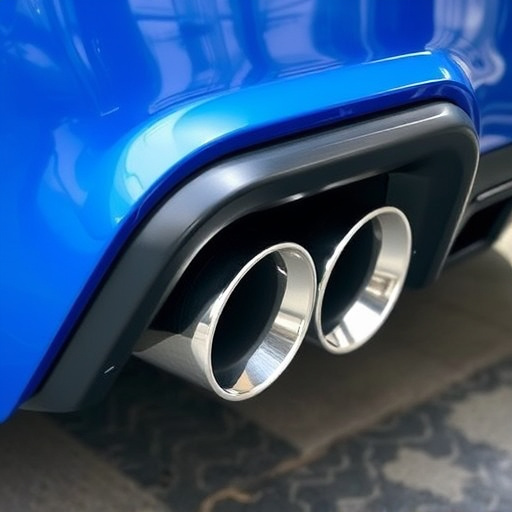
Modern exhaust sound control systems leverage advanced technologies that have revolutionized the way vehicles manage noise pollution. These innovations go beyond simple silencing to actively shape and optimize sound waves, ensuring a quieter ride for passengers while preserving the engine’s distinctive roar for performance enthusiasts. One such technology is active noise cancellation, where electronic signals are used to counteract unwanted sounds, effectively reducing noise levels in the cabin.
Additionally, computer-aided design (CAD) and finite element analysis (FEA) play pivotal roles in precision engineering. These tools enable engineers to model and simulate complex sound interactions within exhaust systems, facilitating the development of more efficient and effective sound control solutions. Incorporating components like performance air filters and high-quality brake parts also contributes to overall system effectiveness, as these elements work in harmony with advanced sound control technologies to deliver optimal performance and reduced noise emissions, especially in cat back exhaust systems.
Optimizing Performance and User Experience

Modern exhaust sound control systems go beyond mere noise reduction to optimize both performance and user experience. By carefully engineering each component—from suspension parts to muffler tips—engineers can fine-tune the exhaust note to match the driver’s preferences while ensuring optimal vehicle dynamics. This integration of aesthetics and functionality creates a harmonious driving experience, where the sound of the engine complements rather than distracts from the overall performance.
Through advanced materials science and design, these systems offer customizable settings that cater to different driving styles. Whether enhancing the deep rumble of a sports car or achieving a more subdued tone for everyday driving, exhaust sound control leverages high-performance parts to deliver a tailored auditory experience. This attention to detail not only satisfies drivers’ personal preferences but also contributes to overall vehicle satisfaction and safety by ensuring the exhaust system operates efficiently and effectively.
Modern exhaust sound control systems, driven by advanced precision engineering, significantly mitigate noise pollution while enhancing user experience. By understanding the diverse sources of exhaust noise and leveraging innovative technologies, these systems optimize performance, ensuring quieter, more enjoyable drives. This holistic approach to exhaust sound control not only meets environmental standards but also elevates the overall driving experience for folks worldwide.





